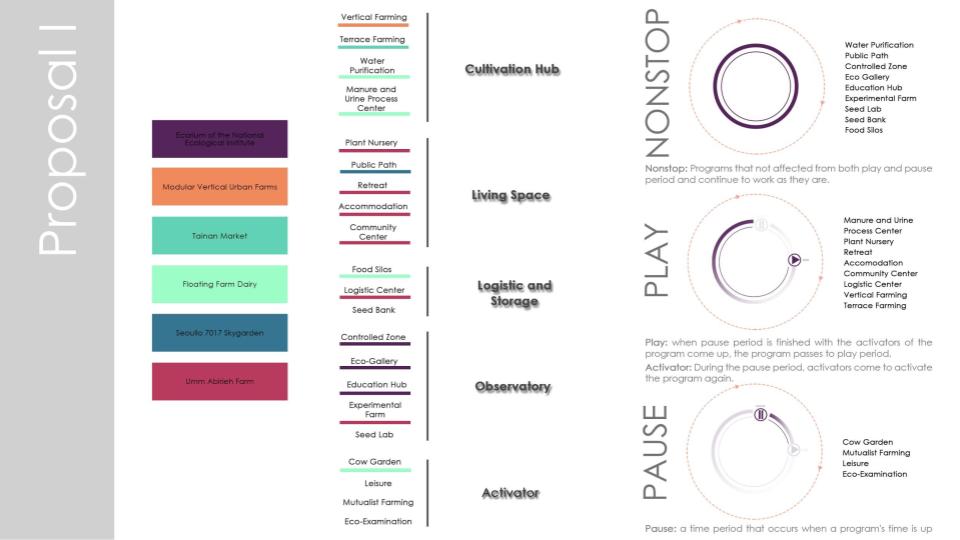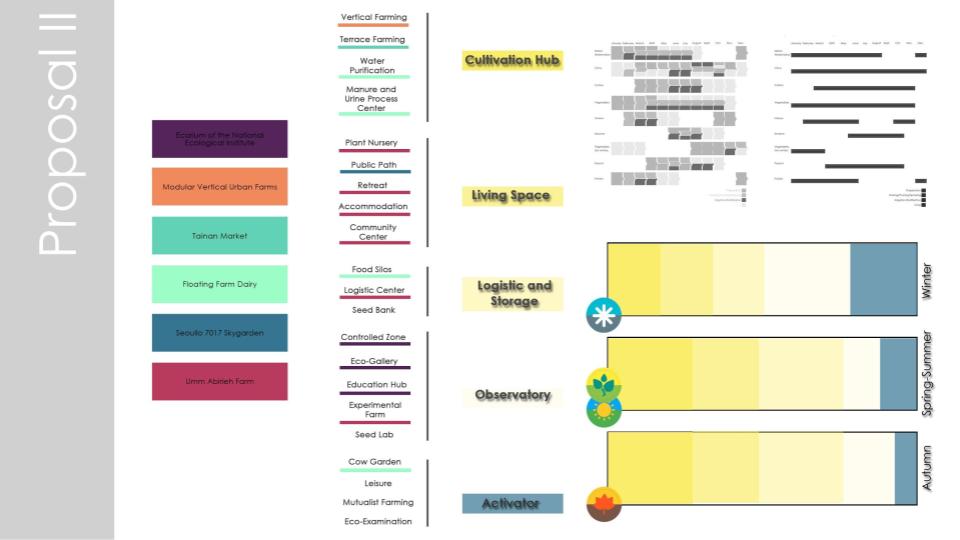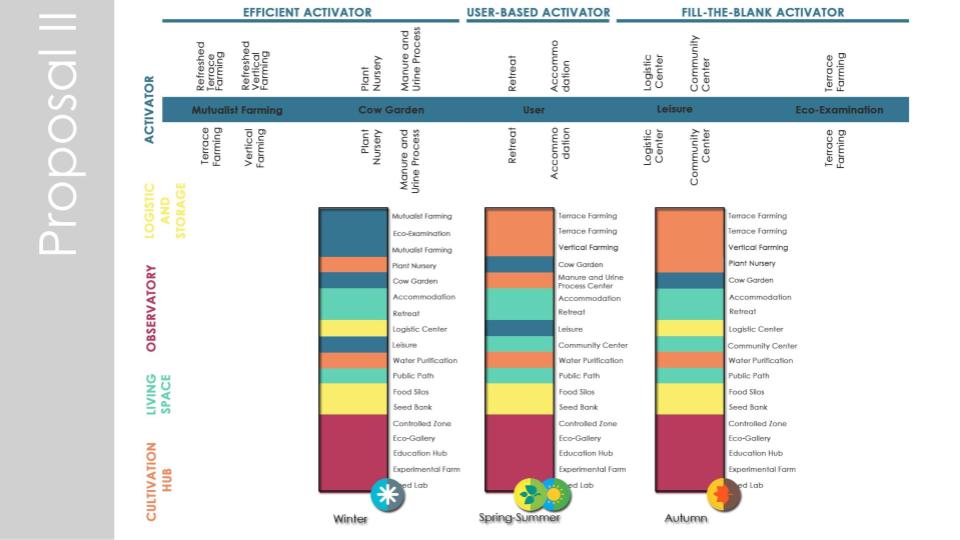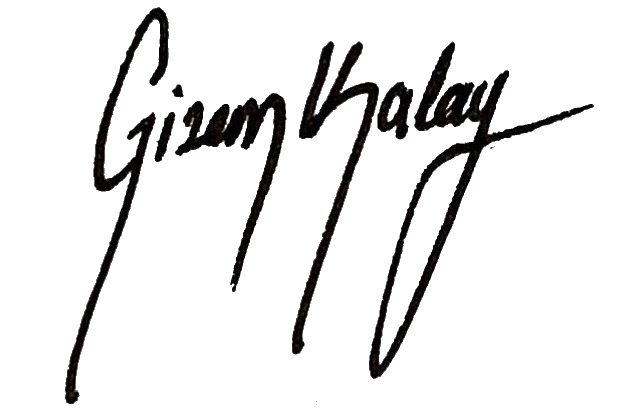In my previous post, I have shared the cases that we have analyzed to create a program proposal. We have created two program proposals that hybridize the programs in the case studies. Our main approach while creating the programs was pause and play. As you know, our main topic was agriculture and in agricultural field, planting stops when its fallow time; we call this time as ‘pause’. So what happens when an agricultural field ‘pauses’? We thought that we need some programs to activate the stopped area again. Then we have come up with the ‘Activator’ idea. Our activators are the programs that activates the agricultural field when it has paused. Here is our first proposal where you can see the play and pause programs;

We have categorized our programs as Cultivation Hub, Living Space, Logistic and Storage, Observatory, and Activator. On the left side of the proposal, you can see which program is taken from cases for which category. Cultivation Hub is a category related to agriculture. It contains programs like vertical farming, terrace farming, and such. The second category is Living Space and concerns about where will the seasonal workers live and socialize. It has programs like accommodation, retreat, or community center. Another category is Logistic and Storage, which is related to how to distribute the agricultural product to other places. The fourth category is observatory. This category is for examinations and it is basically a school-like laboratory. Our last category is Activators. They are the ones that come when a program has stopped working. In the right part of the proposal, you can see the play, pause programs that I have explained in the first paragraph.
Here is our second proposal;


This proposal is not completely different from the first one. We have the same program categories that we had in the first proposal and we again have the activators. But this time we have analyzed the working pattern of seasonal workers in the area and distributed the programs accordingly. You can see the program distribution on the right side of the first page. The second page is about activators. On the second page, you can see the detailed distribution of programs and the 3 types of activators. The diagram below shows how activators work. For example, in winter there is a plant nursery program. In spring it pauses and cow garden comes in that place as an efficient activator and in autumn plant nursery plays again but in that time this program is more efficient than its previous situation.
